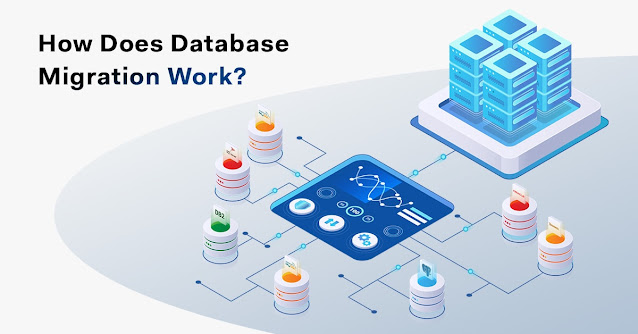Introduction Migrations
Introduction Migrations
What are migrations?
- A migration is a file that keeps track of changes to our database schema (structure of our database).
- Offers version control on our schema.
- Migrations deal with how we manage modifications to our data schema, over time.
Benefits of migrations in our app:
- Mistakes to our database schema are very expensive to make.
- The entire app can go down, so we want to quickly roll back changes, and test changes before we make them.
- Encapsulate a set of changes to our database schema, made over time.
- Are uniquely named.
- Are usually stored as local files in our project repo, e.g. a migrations/ folder.
- There should be a one-to-one mapping between the changes made to our database, and the migration files that exist in our migrations/ folder.
- Our migrations files set up the tables for our database.
- All changes made to our db should exist physically as part of migration files in our repository.
Upgrades and rollbacks:
- Migrations stack together in order to form the latest version of our database schema.
- We can upgrade our database schema by applying migrations.
- We can roll back our database schema to a former version by reverting the migrations that we applied.
Migration command-line scripts:
There are generally 3 scripts needed, for:
- migrate: creating a migration script template to fill out; generating a migration file based on changes to be made
- upgrade: applying migrations that hadn't been applied yet ("upgrading" our database)
- downgrade: rolling back applied migrations that were problematic ("downgrading" our database)
Why use migrations?
Without migrations:
- We do heavy-handed work, creating and recreating the same tables in our database even for minor changes.
- We can lose existing data in older tables we dropped.
With migrations:
- Auto-detects changes from the old version & new version of the SQLAlchemy models.
- Creates a migration script that resolves differences between the old & new versions.
- Gives fine-grain control to change existing tables.
This is much better, because:
- We can keep existing schema structures, only modifying what needs to be modified.
- We can keep existing data.
- We isolate units of change in migration scripts that we can roll back to a “safe” db state.
Flask-Migrate-cheat-sheet
Flask-Migrate commands:
pip install Flask-Migrate
flask db --help
flask db init
- Create initial migrations directory structure.
flask db migrate
- Detects the model changes to be made and creates a migration file with an upgrade and downgrade logic set up.
(replaces use of db.create_all()).
flask db upgrade
- Runs the upgrade command in the migration file, to apply the migration.
flask db downgrade
- Runs the downgrade command in the migration file, to roll back in migration.




Comments
Post a Comment